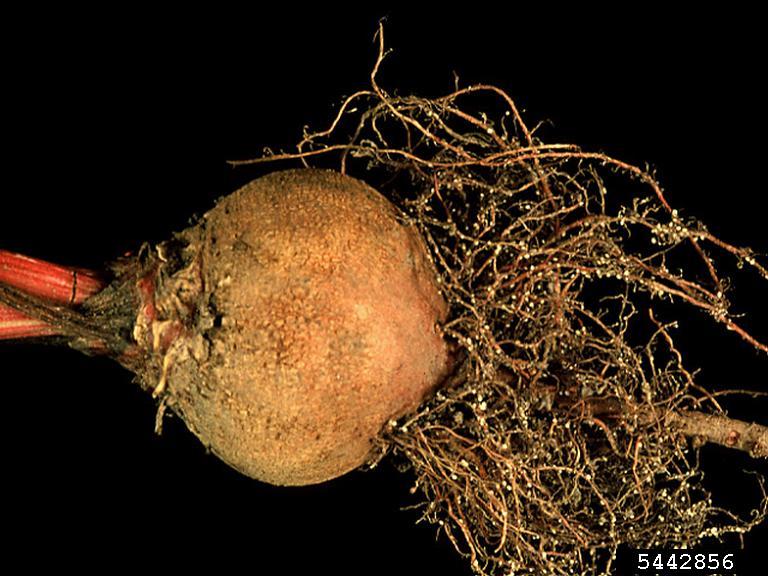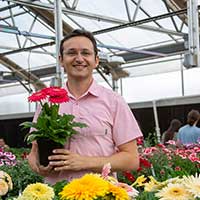Publications
From Our Blog
The invasive elm zigzag sawfly (EZS, Aproceros leucopoda; Fig. 1), also known as East Asian sawfly, elm sawfly, and zigzag sawfly, is a small wasp native to Japan, Russia, China, and the Korean peninsula. In 2003, EZS was accidentally introduced to Europe. Since then, it has spread rapidly to many countries in Europe. In the […]
We recently received physical and digital samples of dormant or quasi-dormant bermudagrass having patches of grayish-white to cream patches in color. The patches ranged from 4-15 inches (10-40 cm) in diameter and in some cases coalesced to form bigger patches. Similar symptoms were also noted on our “TifEagle” research green located at the University of […]
Bermudagrass mite, Eriophyes cynodoniensis (Fig. 1) is eriophyid mite species only infest and feed on bermudagrass (Cynadon spp.). It can develop into a serious problem in golf courses, athletic fields, sod farms, and residential and public lawns. The bermudagrass mite infestation can reduce the aesthetic value of the turfgrass, as it can cause thinning and […]
Summary Spring dead spot continues to be a major problem for turfgrass managers in Georgia. It is one of the more difficult diseases to manage because acceptable control is usually not obtained in a single season. Selecting proper nitrogen and potassium fertilization, thatch management and soil conditioning are important cultural practices that can help in […]
?
?
Extension News
-
禁漫天堂 researchers Melissa Mitchum and Xunliang Liu have uncovered how cyst nematodes co-opt a sugar beet’s vascular system for their own benefit.

-
Despite its striking appearance, with bold orange wings and eye-catching patterns, the spotted lanternfly (Lycorma delicatula) is far from the welcome guest it may seem. This invasive insect has made its way to Georgia, posing a significant economic threat to agriculture and threatening residential landscapes with tree damage.

-
A multidisciplinary team of 禁漫天堂 researchers aims to enhance the competitiveness of Vidalia onion growers in Georgia.

-
Plant sales offered by the University of Georgia College of Agricultural and Environmental Sciences provide opportunities for gift giving or beautifying your space.

Extension Publications
-
(B 987) This publication focuses on native trees, shrubs and woody vines for Georgia. It is not our intent to describe all native species — just those available in the nursery trade and those that the authors feel have potential for nursery production and landscape use. Rare or endangered species are not described. Information on each plant is provided according to the following categories: Common Name(s)/Botanical Name/Family, Characteristics, Landscape Uses, Size, Zones and Habitat.
-
(B 931) Pesticide and fertilizer recommendations are often made on a pounds per acre and tons per acre basis. While these may be applicable to field production of many crops, orchardists, nurserymen and greenhouse operators often must convert these recommendations to smaller areas, such as row feet, square feet, or even per tree or per pot. Thus pints, cups, ounces, tablespoons and teaspoons are the common units of measure. The conversion is frequently complicated by metric units of measure. This publication is designed to aid growers in making these calculations and conversions, and also provides other data useful in the management, planning and operation of horticultural enterprises.
-
(B 1286) This publication contains a guide to diseases of oak trees in the landscape.
-
(C 774) Fences may be used to protect or divide property, to improve its appearance, to confine animals, or to exclude animals. This publication covers the planning for, type of, materials for, and maintenance of permanent and temporary fences.